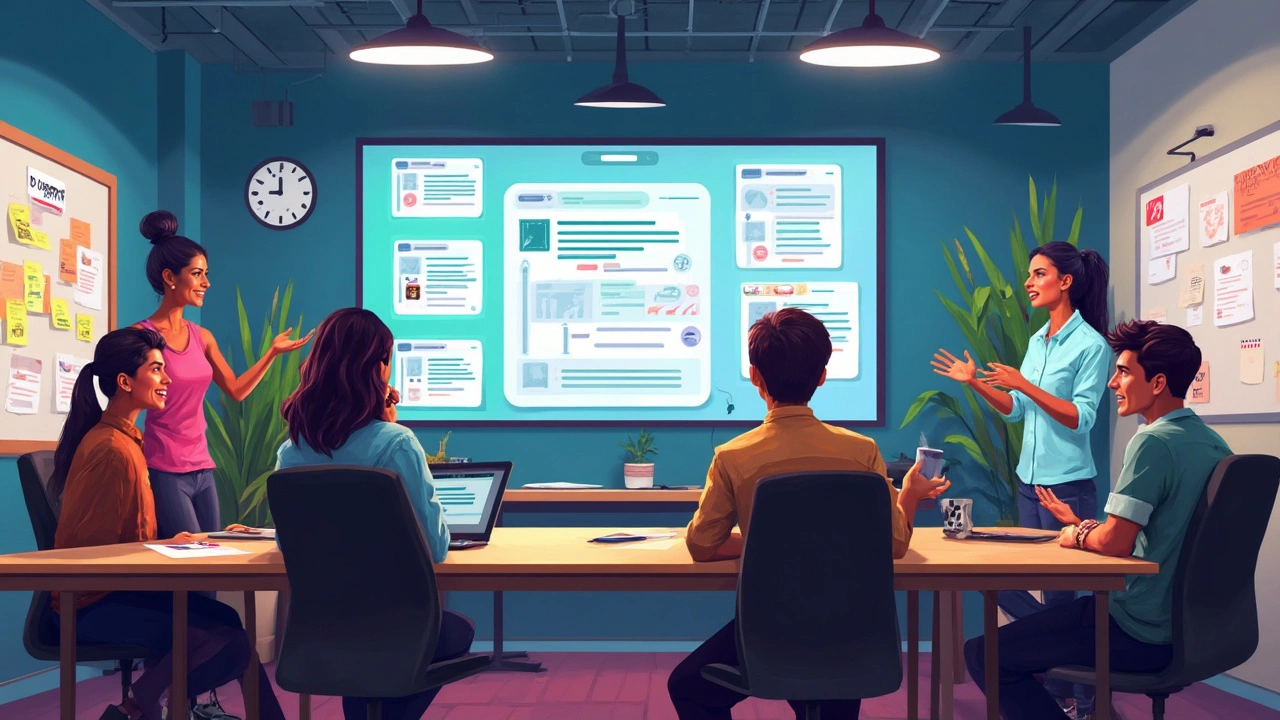May 2025 Marketing Archive — ChatGPT, Ads, SMM & SEO
This May we published eight hands‑on posts that show how AI, especially ChatGPT, fits into real marketing work. You’ll find clear examples for advertising, social media, content strategy, and SEO — not theory but things you can use this week. If you want faster copy, smarter content ideas, and simpler testing, this month’s lineup is a practical playbook.
Across articles like “ChatGPT Benefits for Advertising Campaigns” and “ChatGPT for Advertising: Revolutionizing Digital Marketing,” the common win was speed and idea volume. Use ChatGPT to draft multiple headline options, generate testing hypotheses, and spin short‑form variants that match platform formats. A quick tip: ask the model for five ad angles, then turn each into three headlines and a single call to action. That gives you 15 headlines to A/B test without starting from blank.
How ChatGPT helps in SMM and SEO
Posts on social media marketing showed similar gains. ChatGPT speeds up content calendars, suggests hooks tuned to audience pain points, and drafts reply templates for common customer questions. For SEO, the articles recommend using AI to map keyword themes and produce content outlines, not final drafts. Use AI to expand a keyword list, create an outline that hits search intent, then write and optimize with your human voice. That keeps content authentic while saving hours on research.
Several practical examples came through: build a weekly content calendar by asking for post ideas per theme; ask for 10 caption hooks sized to platform style; and generate FAQ sections from common customer questions. When doing keyword work, use the AI to cluster related terms and suggest subtopics so your pages cover intent, not just exact phrases.
Simple rules to avoid common AI pitfalls
AI speeds work, but human judgment still matters. One article stressed that legal claims, sensitive replies, and brand tone require a human review. Always edit AI output for accuracy and brand voice. Protect data: don’t feed private customer info into public models. Run factual checks on any statistic AI suggests and flag potential copyright or trademark issues before publishing.
For teams, the recommended workflow is short and repeatable: 1) prompt ChatGPT for options; 2) select the strongest angles; 3) refine copy for brand voice; 4) set up A/B tests; 5) measure and iterate. Keep prompts consistent so you can compare results over time. Track simple metrics — CTR, engagement, leads — and let performance guide which prompts you keep or tweak.
If you read one post this month, pick the ad copy guide on quick testing or the SMM playbook on blending AI with human creativity. Both give templates you can copy into your workflow and test within days. Browse the full May archive to grab step‑by‑step prompts, sample headlines, and workflow checklists that make using ChatGPT less risky and more productive. Start small: pick one campaign and run a week-long test to compare AI-assisted vs manual results. Measure cost per lead and engagement to decide what to scale next. Repeat, learn, improve.








